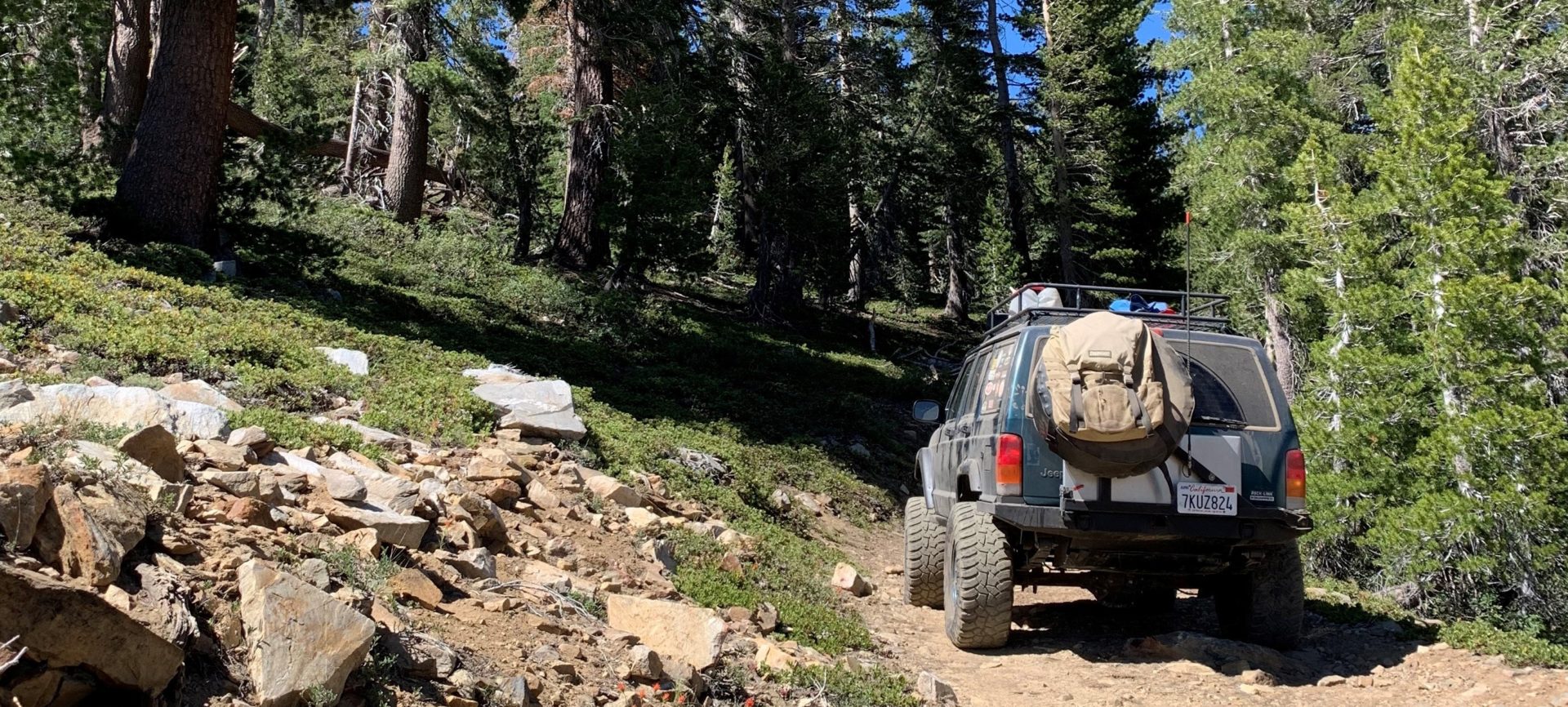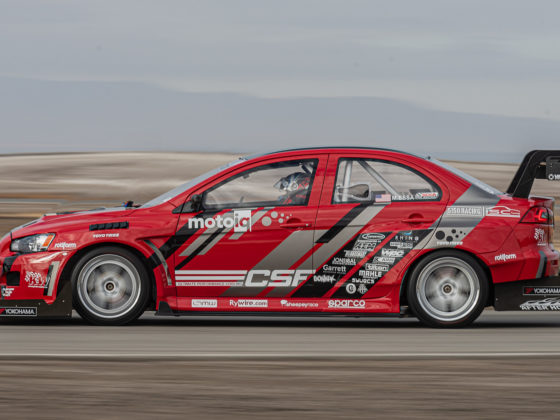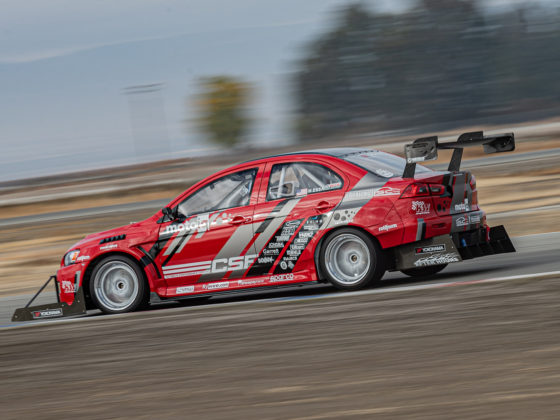To cap things off, 1997 Jeep Cherokees are completely unique wiring and engine control wise as Chrysler transitioned to the mid-cycle (on a 25 year model run) refresh, OBDII, CAN-BUS and stricter California emissions requirements. During the 1997 model year, Chrysler learned many lessons on this new wiring layout and updated it multiple times during the model year. Increased value has made Cherokees rare in junkyards, and since my 1997 Cherokee is also a Federal Emissions model, chances are extremely slim any wiring harness parts I find will match my specific hodgepodge of Chrysler fail.
Acceleration? “Do I have to?” With 190hp 240k miles ago, this Jeep can barely keep up with modern-turbocharged-10 speed transmission-everything. Angry gestures, head shakes, brake checks, and general frustration are more common than Jeep waves these days.

Where does that put me? I can rebuild this engine, throw a good cylinder head at it, stroke displacement to 4.6L and make 250-300 crank horsepower, but that still leaves the wiring problems, an aging transmission that isn’t easily rebuilt, and will make overheating even worse. Add a larger radiator you say? Currently, my XJ has a “heavy duty radiator” that requires solid motor mounts to run or the engine fan will eat the radiator. Ask me how I know. More importantly, such a motor will easily be $5,000 or more when done and when I’m done I’ll have a maxed-out Jeep I6 that will not be as reliable as the original OEM engine.

That leaves us with swapping to the ubiquitous “LS” or Gen III small block family of engines. Horsepower, fuel efficiency, compact dimensions and unrivaled aftermarket support make it a no-brainer for me. The Jeep 4.0L with all accessories measures a woefully inefficient 24” wide and 31” long, compared to the 24-25” width by 27-28” length (depending on accessories) for most Gen III small blocks. Cooling will still be an issue, but modern cooling management, aluminum cylinder heads, and the 3-4” gain in clearance at the front of the engine will mean I can fit a lot more fan and radiator in the nose. Weight gain? It appears that swapping to an iron block truck engine will net 20lbs in weight savings over the all-iron Jeep 4.0L. Horsepower will obviously be improved and Junkyard donors are hard to miss if you throw a rock.


Little Sluice, Rubicon Trail




15 comments
Holy shit! Every time I come to this site “to just see what’s happening” I run into a project I’ve been thinking of doing myself for a while. Somewhere in this computer I have a massive bookmark folder (I do need to thin them out) titled “swap “LS” engine into different 4X4s”
I think I was researching ZJ and WJ Grand Cherokees (I want the front and rear coil suspension) And quite a number of Land Rovers.
Looking forward to this build.
WJ is the current sweet spot in new vs capability vs cost. Gas tank hangs waaaay low, but can be tucked, and the suspension is JK version 0.75 and isn’t terribly hard to swap JK axles into. ZJs are piles, but if you’re not keeping any of the drivetrain and electronics, not terrible. Both come with shitty stock axles (generally LP D30 and D44A, A for aluminum pumpkin), so don’t plan on keeping them for long if rock crawling.
The problem I run into with the different generations of Grand Cherokee (or jeeps in general) You get a relatively reliable “engine” (318, 360, 4.0, 4.2) As long as you pay very close attention to heat management. And wiring harnesses that could best be described as Soviet Chinese tractor.
Or hand grenades with the pins pulled most of the way out (4.7, 3.7) but kinda stout transmissions. But in all generations the axles are pretty weak. The 30s not that bad if you truss and sleeve and chromoly the entire thing. An explorer 8.8 swap is an easy and cheap upgrade for the rear.
I was planning on the WJ with the 4.0. Hanging the spare tire on a bumper or roof. Cutting out the spare tire well and tucking the gas tank. Then doing the stroker. But as you said you are already $5Gs in the hole for that. And you still have to deal with (more) heat and the wiring harnesses. That’s why I’m kinda looking forward o this project. I know it won’t be a definitive swap and all. But here in Arizona they (phoenix) basically follow California’s emissions laws. I’ve asked the smog referee about doing this is the engine has to match the vehicle class (no CTSV supercharged engines) and it had to retain all the emissions equipment. But he had no list or detailed answer to what “emissions equipment” includes.
All of it needs to be there. Basically, if it sets off a MIL, it’s required. AZ is a little less stringent on engine changes, but…
D30s are stronger than you think, just don’t be stupid with it. Locked on 33s with stock shafts (welded 760x caps) for years now, no issues. If you’re jammed in a spot, back out or winch. If you have to give it more than 1/4 throttle before wheelspin, you’re probably gonna break something. The truss went on when I got a set of 3 tube bypasses for it, but turned out an XJ doesn’t have the axle width to clear them without touching a tire or the frame or both. The Fox Factory 2.0s baaaaarely fit.
You left out the LQ9, visually indiscernible from the LQ4, and should have landed in the correct weight/emissions class. Thus an LQ4 branded as an LQ9 should fly. If I were to guess though, this 5.3 will run cooler than the 4.0 and your cooling issues should be behind you. I wouldn’t crack the motor open myself, keep the magic smoke inside. They run forever. I’d also toss that 4L60 time bomb in favor of a 4L80. Either way I think you’re going to like this rig once it’s swapped.
Yeah, completely forgot about the LQ9, but it’s pretty hard to find as well, people will fight you in the junkyard if you do find one, and I bought a donor that didn’t have it, so shoot me. Updated the article. 🙂
Yeah, cooling should be better with the 5.3 since it’s an engine designed in the last 20 years, has aluminum heads, and doesn’t burn huge amounts of gasoline to make small amounts of power.
Motor should’ve been cracked open. There were timebombs in there. Stay tuned for part 2. 🙂
4L60 to 4L80 swap may be something for the future, but it’s physically much larger and the mounts I’m using were designed with the 60. Clearance for the driveshaft, links and all-important cats will be bad enough as it is. There’s also the need to re-parameter the PCM for 4L80 operation, which I’m told is something the ref might check. That being said, the original 4L60E has a shorter 1st for better crawling, and motivated that pig of a suburban around for well over 100k miles (including RV towing) and still shifted firm when I drove it home. It’ll get refreshed while it’s out, but I think it’ll be just fine for mild towing (tent trailer at most) and barely warmed over 5.3.
I’m curious what a smog ref would look for on a reflashed PCM? Does he know it’s modified and fails you on that? Transmissions aren’t emissions items and that segment can be swapped without touching anything emissions related or VIN related. Speaking of VIN, how does that work in a swap in CA? I don’t think you can punch a Jeep VIN into a GM PCM (never tried). I’m curious what mounts and parts you’ll be going with here, but I’m guessing that all comes out in part 2.
Transmissions aren’t, but the sensors involved will throw check engine lights, therefore under their purview. Either way, the 4L60E is plenty for a 4000lb Jeep that will rarely see 5000rpm, and the gearing better suited as well.
VIN is easy: they add a new barcode/label over the existing emissions label so when the tech scans it, it comes up as 2003 Chevy Suburban.
Steve any thoughts on how the BSFC/MPG may change based on the swap you’re doing? Seems like the EPA ratings put the Suburban as worse fuel economy than the Cherokee but I realize there’s a decent weight savings in the Cherokee.
The stock 3200lb Cherokee 4×4 on 28″ tires (13/18) was marginally better than the 5500lb Suburban 4×4 on 30.6″ tires (13/17), sure. The Tahoe was 14/18 so better/same than the Cherokee and still almost 2000lbs heavier than the stock Cherokee. Currently, my XJ gets 12-14mpg mixed driving, and a ridiculous 9-11mpg when wheeling. A large part of this is due to heatsoak: the Cherokee’s ECU massively retards timing to protect the motor, which then increases heatsoak, and it also bumps engine idle speed to make the mechanical fan run faster, which forces me to use the brakes more to compensate and makes even more heat. It’s a shit show to say the least.
My assumption is the Cherokee will get similar mileage to the stock Tahoe despite the short gearing, large MTs and extra weight from armor. Being able to run a large electric fan (no slim fan that will fit will provide nearly enough airflow for the 4.0) and larger radiator will help a TON to keep fuel economy reasonable. Factory ECUs do stupid things to protect the motor from heat, and a negatively sliding timing curve is one of them.
Great job writing this. I dig your style and look forward to the rest of the project. I just crammed a supercharged LS3 into my XJ and it will be 49 state legal, couldnt waste my time with CA approved headers… It can be done but might not be worth it for most.
Headers is an area I’m extremely nervous about. Not just the headers, but the cat location requirements.
Sr20powah! Is what you need for that xj lol.
Gathering all the info I can to do a Cali 98′ XJ LS swap. Really digging your info and writing.
Thanks man. Should be a fun time at the ref…